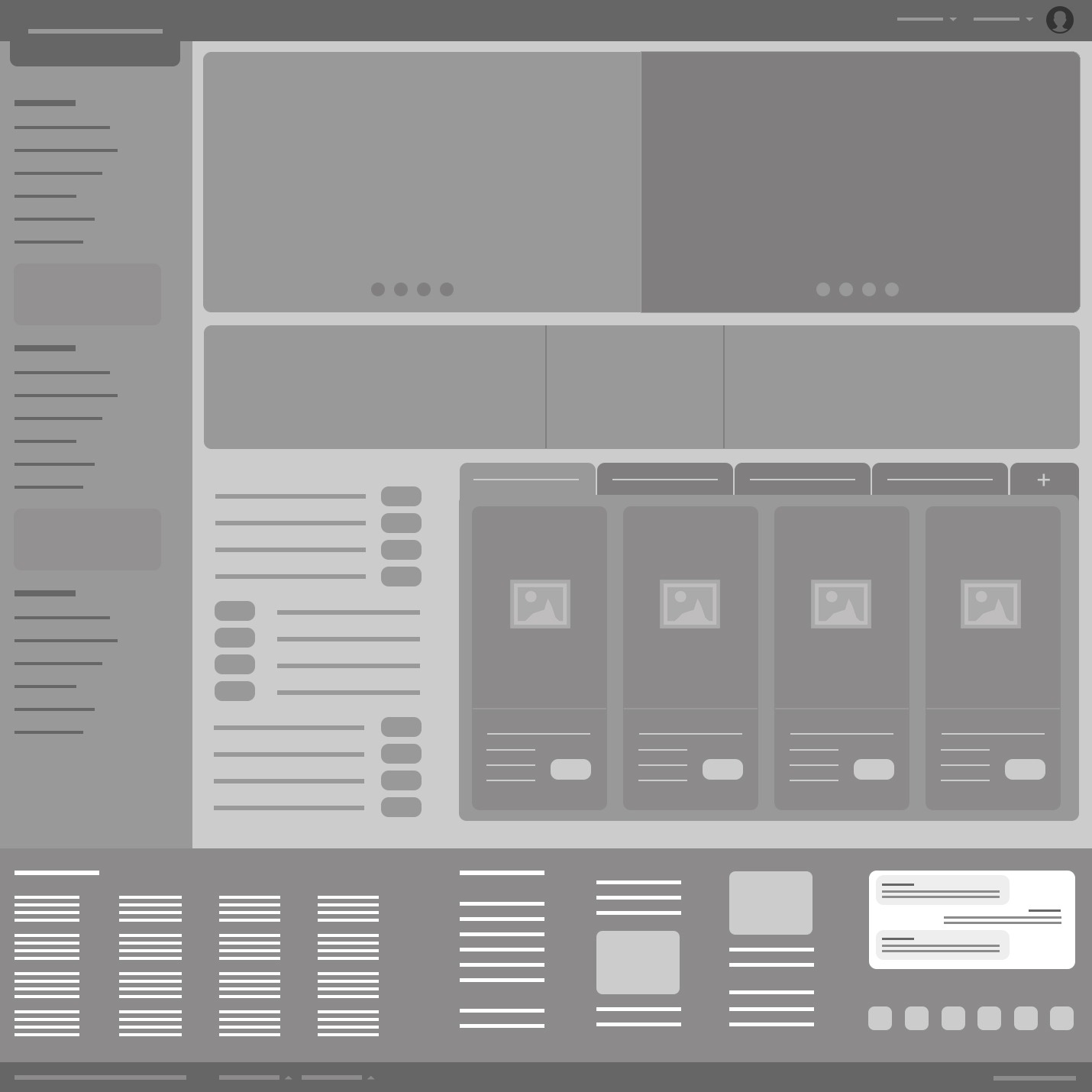By using agile methods to continuously improve and move your product(s) forward, you can understand who your consumers are through investigation and experimentation. Knowing your consumers is essential to having…

Know Your Users and Test Often
By using agile methods to continuously improve and move your product(s) forward, you can understand who your consumers are through investigation and experimentation. Knowing your consumers is essential to having a successful product. Build a feature that a market wants and then test specific functions and design aspects often.
Customer Interviews
Engage with the people who use or will use the product regularly. Too often I see product managers think they know what is best without talking to anyone who actually uses the product. Sometimes, the more you know about an industry can actually work against you. If you have institutional knowledge of an offering, you can miss the mark by assuming too much, especially as it relates to user experience. Don’t ever assume that you know what your consumers want. Interview them, listen to their words and understand that perception is reality.
You need to be able to understand the context of the problem.
One of the most difficult parts of the product manager’s job is to prioritize. If you interview 5 customers and 2 of them notice an issue, should you fix it? Well, it depends. You need to be able to understand the context of the problem. Sometimes, it is very valuable to talk to them in person to see their body language, facial expression and general tone on the issue.
Rapid Prototyping
For new features, rapid prototyping can be a great way to test that feature in the market, gather feedback and explore ideas. You should always have the ability to put quick and dirty features into production. A core rule of agile is to move quickly. This is one of my favorite parts of the job. I challenge development teams to be creative, innovative and bring ideas to the product. Countless times, prototypes become some of the most useful and productive features.
Prototypes also keep engineers engaged and strengthen the relationship between them and a PM. It also raises the engagement level between the engineer and the product/consumer. If an engineer has pride in the work, they will do a better job.
Iterative Experimentation
Once a feature is in production and exposed to your consumers, a certain level of consistent experimentation should help guide you to success. Using each experiment to learn a little more about consumer behavior. There are lots of considerations for testing that I won’t touch on here but you should always know about statistical significance, A/B testing and understand the best practices.
Move quick, make decisions and adapt. As a good PM knows, do not get caught up in thinking too much on an issue. Use sound judgement, call tests when appropriate, take calculated risks. If you have the ability to test, do your research and test appropriately.
Few testing best practices:
- Be sure you have all your baseline features
- Use some standard UX patterns for common functions
- Run on a representative sample of users (true random samples)
- Test platform by running A/A tests and make sure it is truly random
- Take chances and push for variability (less neutrals, focus on big winners and big losers)
- Quantifiable data isn’t everything, don’t forget about user feedback
Release often
Success should be measured by releasing valuable code often. Value is determined by the effect of that code on users or on the cost of maintaining the platform. Ideally, daily minor releases (not on Friday/Weekends) are done to make sure the builds of the product are consistently updated and focus on minimal dependency issues. If you aren’t releasing at least weekly, you are set up for failure.
As a PM I have 4 typical guidelines:
- Be transparent and open on timing
- Bring ideas to the table
- Don’t release on Friday
- Don’t take credit, take responsibility


